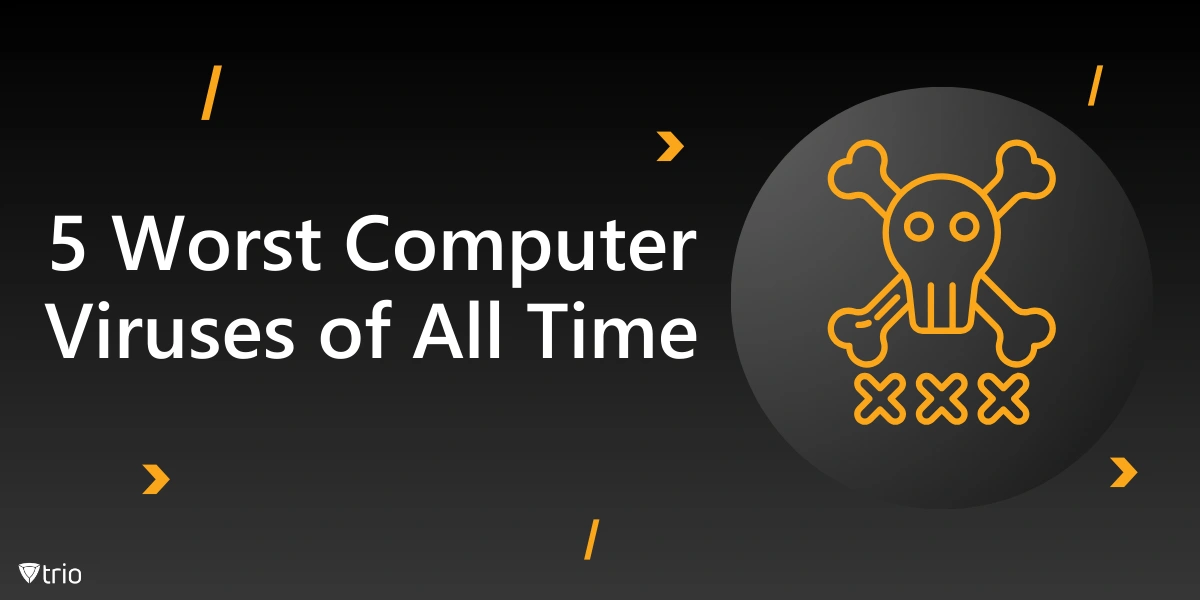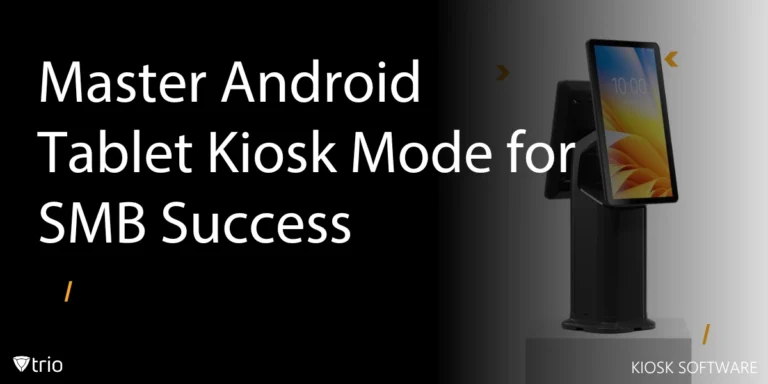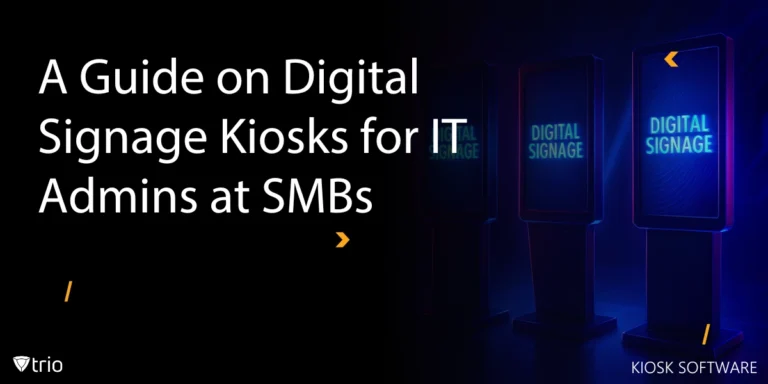Throughout the years, some of the most notorious computer viruses in history have caused widespread chaos on personal and corporate systems alike. By targeting and spreading through infected files, these viruses have inflicted significant damage, from wiping out critical data to crippling entire networks. The financial losses and operational downtime that result from such attacks highlight the urgent need for robust vulnerability management to help protect and monitor all devices within an organization to prevent potential threats.
Let's now explore some of the worst computer viruses in history and their significant impact.
-
Melissa Virus (1999)
An example of a computer virus, the Melissa virus, which first appeared in 1999, spread like wildfire through email systems. It cleverly used infected emails to hijack the victim's contact list, sending itself to everyone’s email addresses. All it took was one unsuspecting click on an email with a misleading subject line—and then, chaos ensued.
This virus wreaked havoc on corporate networks, overwhelming email servers and causing systems to crash under the flood of outgoing messages. The damage wasn't just limited to individual users; entire organizations felt the hit, experiencing costly downtime and data breaches. According to the FBI, the virus caused an estimated $80 million in damages, primarily from the widespread disruptions, costly repairs, and extensive recovery efforts required to restore affected systems.
To protect your business from similar threats today, make sure your team is trained to recognize phishing attempts. Simple things like using strong email filters and educating employees on what to watch out for in suspicious emails can save you from a whole lot of trouble.
-
ILOVEYOU Virus (2000)
Ah, the ILOVEYOU virus—one of the most infamous digital threats ever. Disguised as a harmless love letter, this virus tricked millions into opening it. Once clicked, it quickly infected millions of computers worldwide, causing chaos on a massive scale.
While a boot sector virus typically targets a computer's core functions, ILOVEYOU spreads through email attachments, wreaking financial havoc to the tune of billions of dollars. The virus corrupted files, overwrote data, and rapidly spread from system to system, showing just how destructive a simple attachment could be.
The key takeaway here? It’s essential to educate employees on email security policies and the importance of not opening suspicious attachments. Even a virus disguised as a sweet message can cause serious trouble if precautions aren't in place.
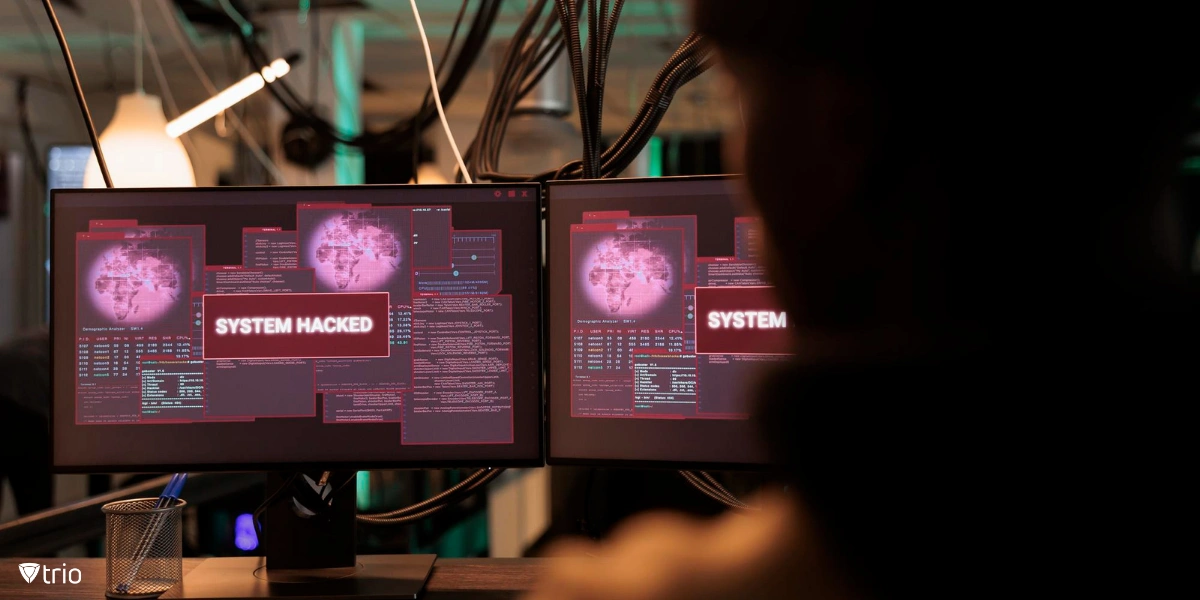
-
Mydoom Virus (2004)
Another known computer virus is the Mydoom virus, notorious for how fast it spreads rapidly through email and file-sharing networks. This sneaky piece of malware was designed to launch distributed denial of service (DDoS) attacks, bringing down websites and services with overwhelming traffic.
The damage didn’t stop at personal computers; Mydoom targeted large corporations, causing service DDoS attacks that severely disrupted operations. The virus was so widespread that it quickly became one of the fastest-spreading threats in history, leaving organizations scrambling to protect their networks.
To prevent similar attacks, businesses should invest in strong firewalls and reliable threat monitoring systems. DDoS attack prevention measures can make a huge difference in keeping your network safe from overwhelming traffic spikes caused by malicious viruses like Mydoom.
-
WannaCry Ransomware (2017)
In 2017, WannaCry made headlines as one of the most devastating ransomware attacks ever seen. It hit Windows systems across the globe, locking computer users out of their own data unless they paid up in Bitcoin. The virus spread rapidly, especially targeting organizations that had lagged on software updates.
WannaCry wasn’t just an inconvenience; it shut down critical infrastructure, including hospitals, affecting healthcare data security and causing chaos in sectors where downtime isn’t an option. Some victims even had their bank information compromised, making the financial damage even worse.
To protect yourself from these types of ransomware attacks, it’s vital to keep your systems updated regularly and back up important data. Don’t forget mobile devices—they’re just as vulnerable. Also, consider securing your data with device encryption and educating your team on the importance of cyber hygiene.
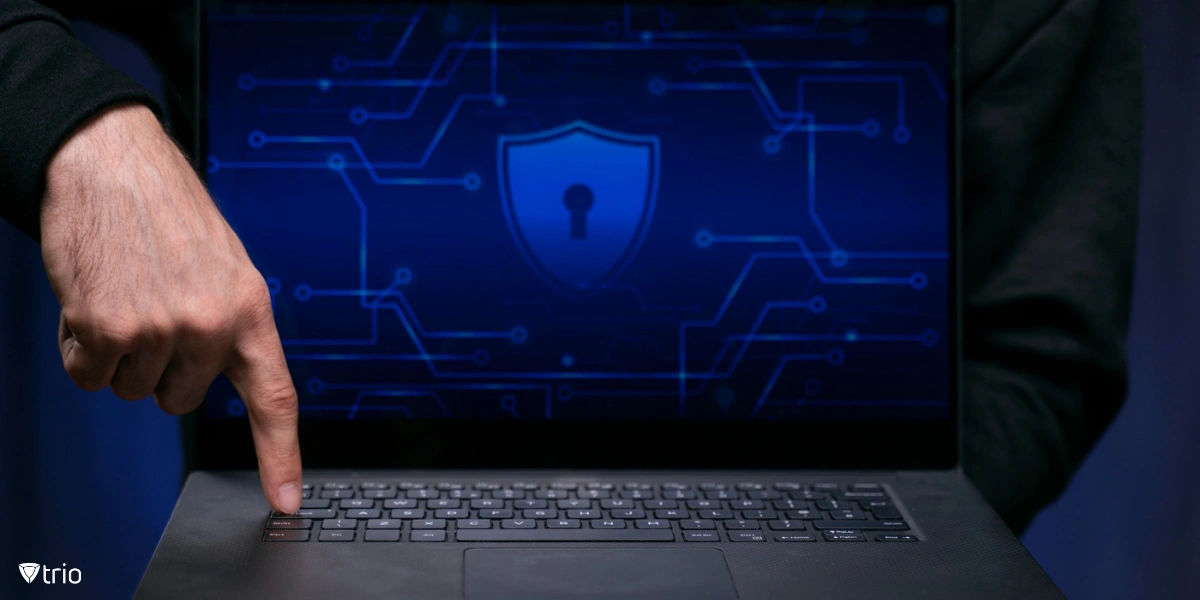
-
Conficker Virus (2008)
Conficker was a nasty computer worm that caused trouble by infecting millions of devices worldwide. It often disguised itself as a trojan horse, tricking users into allowing it access to their computer systems. Once inside, it spread rapidly, causing serious disruptions in government and corporate networks.
The virus’s impact was felt far and wide, with infected systems being locked out and critical operations grinding to a halt. Organizations across the globe learned the hard way about the importance of cybersecurity, as the Conficker worm exposed the vulnerabilities in outdated systems.
To protect against threats like Conficker, companies should implement strong patch management policies and regular security assessments. Using network segmentation can also help isolate any infected systems, limiting the spread and keeping vital operations safe from further damage.
How Trio MDM Can Help
Our Trio MDM solution can play a crucial role in protecting your organization from threats like viruses, worms, and ransomware. By ensuring all devices, from desktops to smartphones, are secure and up-to-date, Trio helps prevent malicious software from infiltrating your systems. It enforces patch management, making sure that vulnerabilities in outdated software are quickly addressed before threats like Conficker or WannaCry can exploit them.
With Trio, IT administrators can monitor devices in real-time, detect suspicious activity early, and take swift action to contain any potential breaches. Features like network segmentation ensure that even if one device is compromised, the damage is contained and doesn’t spread to the rest of your network. In today’s fast-evolving digital landscape, an MDM solution like Trio offers peace of mind by streamlining security across all company devices, reducing the risks from external attacks.
Try our free demo today and experience firsthand how Trio can enhance your company's security.
Conclusion: The Need for Vigilance
Looking at this list of computer viruses, it's clear that the impact of these digital threats is far-reaching. Each virus was a wake-up call for businesses and users to step up their security measures. With new threats emerging constantly, the worst virus on computer systems could be the one we aren't prepared for. Staying vigilant, updating security protocols, and educating users are critical to avoiding these devastating attacks.
Get Ahead of the Curve
Every organization today needs a solution to automate time-consuming tasks and strengthen security.
Without the right tools, manual processes drain resources and leave gaps in protection. Trio MDM is designed to solve this problem, automating key tasks, boosting security, and ensuring compliance with ease.
Don't let inefficiencies hold you back. Learn how Trio MDM can revolutionize your IT operations or request a free trial today!
